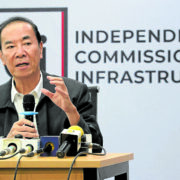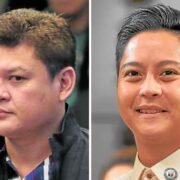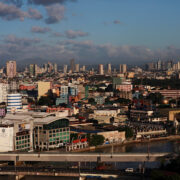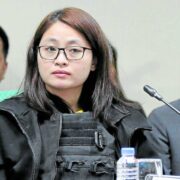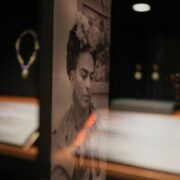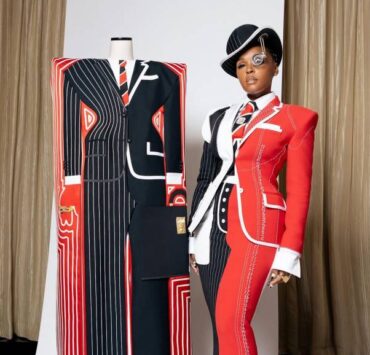PH fashion shines at the National Museum

Veteran designer Inno Sotto once said that without the butterfly sleeves, a terno is just a dress. While it might sound simplistic, it’s actually true. The stiffened sleeves that rise above a woman’s shoulders and frame her face are what distinguish the terno from the national dress of other countries.
Since 2018, when the first TernoCon was organized by the Cultural Center of the Philippines (CCP) in partnership with Bench/Suyen Corp., there has been a renewed fervor for the terno. That it gathers young and established designers who undergo terno-making workshops prior to the actual competition has helped drum up interest. Participants are also mentored by veteran designers who do not mince words during critiques.
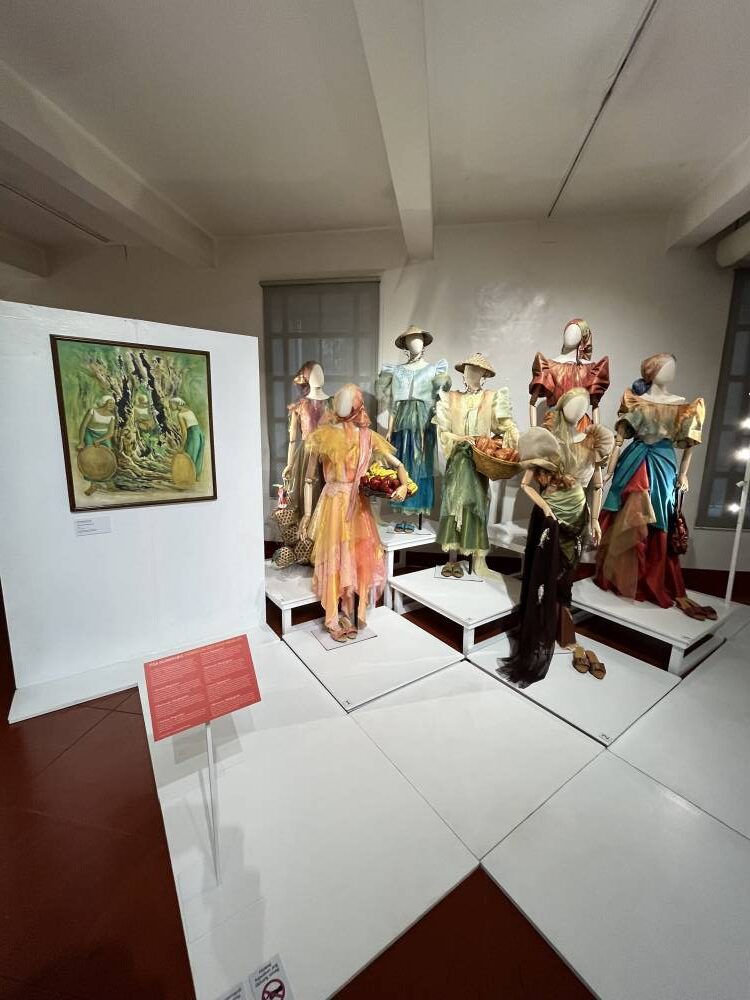
Bryan Peralta, winner of the Pura Escurdia Award at TernoCon 2025 held earlier this year, recalled how Sotto gave him a severe dressing down after seeing his original design sketches. “He told me, ‘Chopsuey ka!’ because I had attempted to blend the design aesthetics of three Filipino artists instead of focusing on only one,” Peralta said at the recent talk held at the National Museum of Fine Arts in Manila.
For the biennial competition, participants who make the cut are instructed to come up with three terno designs that incorporate Filipino iconography which the organizers decide upon. Being told off by Sotto at the beginning smarted, but Peralta listened—to him and to his mentor’s observations—and came up with three striking creations that captured the design aesthetic of National Artist for Visual Arts Jose Joya, and garnered the Silver Prize.
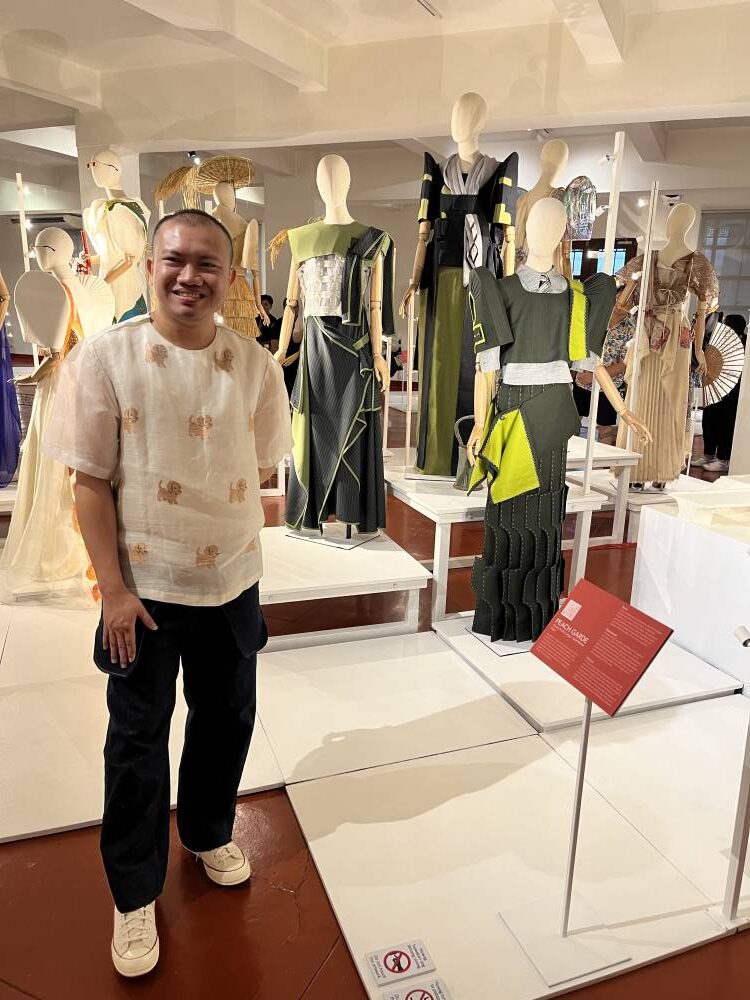
Winners all
Peach Garde’s beautifully tailored set was clean and well made, and bagged for him the Pacita Longos medal (Gold Award). Using much restraint, he thoughtfully reinterpreted the works of National Artist for Architecture Leandro Locsin. Look closely and you’ll see details like the winding staircase at the CCP Main Building in Garde’s knife-sharp, pleated butterfly sleeves.
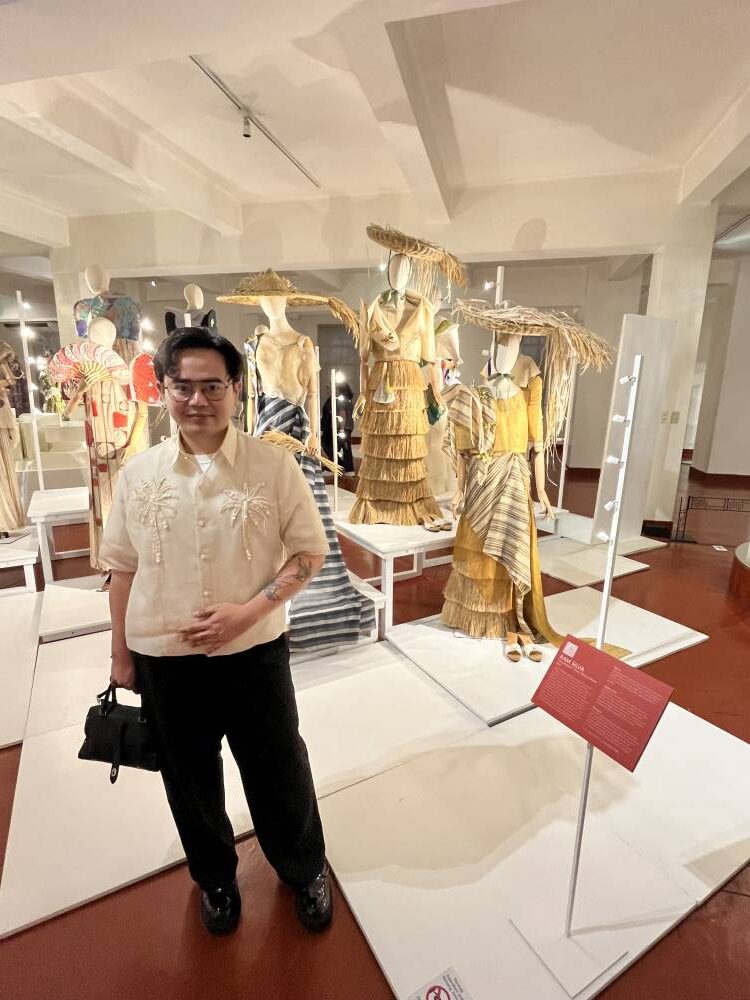
Ram Silva’s glamorous yet idyllic creations draw inspiration from National Artist Fernando Amorsolo’s countryside scenes. His trio of dalagang Pilipina, with their tiered skirts and glowing tops, caught the attention of a gay couple who commissioned him to recreate them to be displayed in their home. “I told them I could come up with something similar, and they agreed. They were willing to pay,” Silva told Lifestyle.
Winner of the Joe Salazar medal (Chief Mentor’s Award), Windell Madis presented the terno through the lens of National Artist Hernando Ocampo’s vibrant geometric style.
Their works—as well as those of this year’s finalists, namely Koko Gonzales, Jared Servano, Lexter Badana, Geom Hernandez, Patrick Lazol, Nina Gatan, Irene Subang, and Jema Gamer—are all on view until Sunday, May 11 at the Sandiganbayan reception hall at the National Museum. Admission is free. Semi-finalist Noel Marin, who leaned into the traditional materials used in enagua (petticoat), presents the national dress in pastel colors.
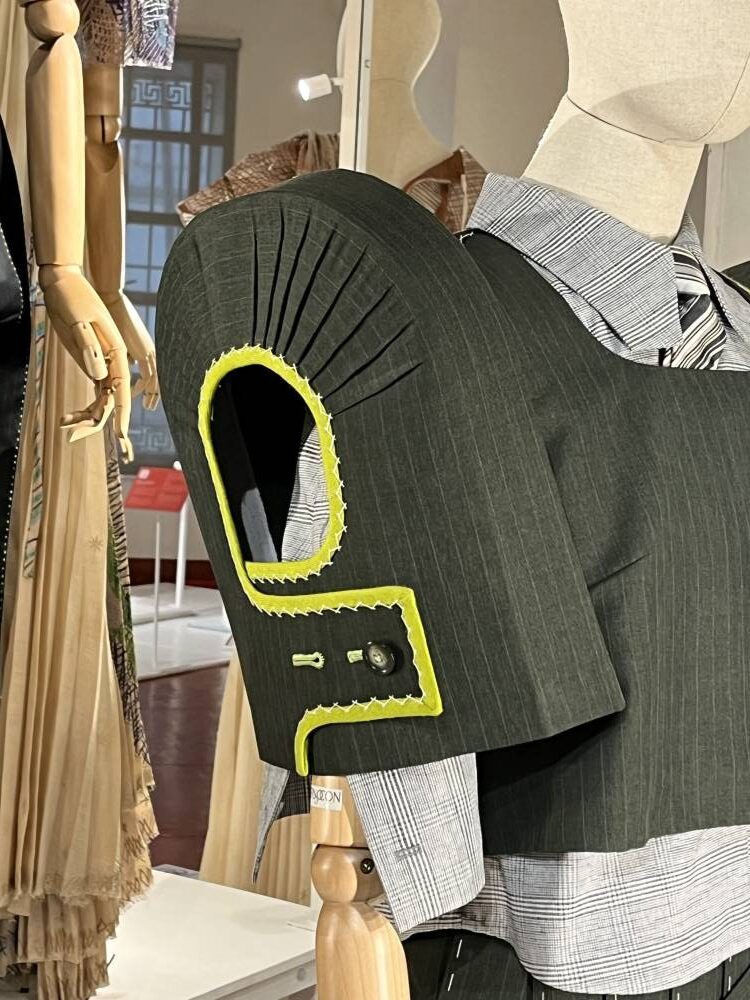
The collections of Filipino designers and TernoCon mentors Ezra Santos, Lulu Tan-Gan, and Rhett Eala, as well as those by TernoCon 2023 grand prize winner Yssa Inumerable, are also on display. The entire collection will then be packed up before being reassembled and placed on display at the atrium of the SM Mall of Asia at a later date.
The ongoing exhibit “Filipiniana x Obra” is a chance for fashion students and anyone interested in design to get a closer look at the care and dedication that went into each piece.
Inspiring
Visitors will find the results inspiring, because after listening to their mentors and finessing their creations, the designers were able to produce fresh and modern interpretations that are still respectful of the terno’s heritage.
“TernoCon plays a crucial role in CCP’s dedication to providing an avenue for the exploration of budding fashion designers,” said CCP President Kaye C. Tinga in a statement. “While promoting the excellent craftsmanship behind the reinterpretations of the national dress, the ‘Filipiniana x Obra’ exhibit sustains the dialogue TernoCon started and integrates it with the profound portrayal of Philippine culture through visual arts.”
In an essay for his book “Fashionable Filipinas: An Evolution of the Philippine National Dress in Photographs, 1860-1960” published in 2015, co-author Gino Gonzales writes how “the terno as we know it today, with its last distinctive mark of national identity in a proud pair of butterfly sleeves, serves as a reminder of the inevitable change and the continuing process of evolution.”
Visit www.culturalcenter.gov.ph for more information.




